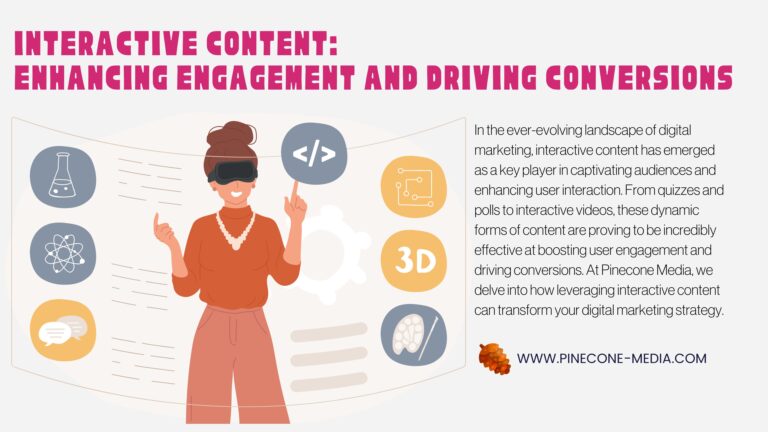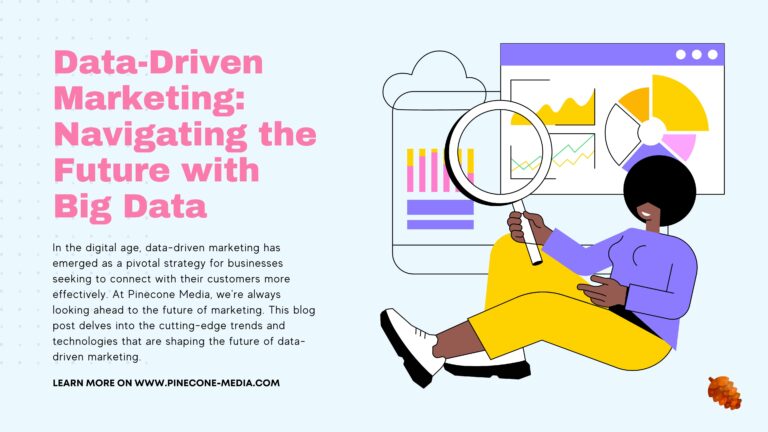In today’s digital age, the landscape of marketing has transformed dramatically. Traditional marketing methods are no longer sufficient to capture the attention of your target audience. This shift has given rise to the immense significance of digital marketing. Understanding the ABCs of digital marketing is essential for businesses seeking to thrive in the digital realm. In this comprehensive guide, we’ll navigate through the fundamental principles, strategies, and tactics that make up the foundation of successful digital marketing.

A – Analytics and Data
The heart of digital marketing lies in data. Analytics tools provide invaluable insights into your audience’s behavior, preferences, and interactions with your online assets. From website traffic to social media engagement, harnessing the power of data allows you to make informed decisions, refine your strategies, and ultimately drive better results.
B – Branding and Identity
Your brand is the soul of your business. Establishing a strong online brand identity is crucial for recognition and trust-building. Digital marketing enables you to craft and convey your brand story effectively through various channels, ensuring consistency in messaging and design across your website, social media profiles, and more.
C – Content Marketing
Content is king in the digital realm. High-quality, relevant content engages your audience, drives organic traffic, and positions you as an authority in your industry. Whether it’s blog posts, videos, infographics, or podcasts, a well-executed content marketing strategy can boost your online presence and credibility.
E – Email Marketing
Email marketing remains a powerful tool for nurturing leads and building lasting relationships with your audience. Crafting compelling email campaigns, segmenting your subscriber list, and delivering personalized content can yield high conversion rates and ROI.
G – Google Ads
Pay-Per-Click (PPC) advertising through Google Ads is a quick and effective way to drive targeted traffic to your website. Properly structured ad campaigns, keyword selection, and compelling ad copy can lead to increased visibility and conversions.
I – Influencer Marketing
Leveraging influencers in your niche can amplify your reach and credibility. Partnering with influencers whose followers align with your target audience can help you tap into their established communities.
I – Interactive Content
Interactive content, such as quizzes, polls, and surveys, encourages active engagement from your audience. It’s an effective strategy for gathering insights, boosting user participation, and increasing time spent on your website.
J – Just-in-Time Marketing
Consumers today expect relevant and timely content. Just-in-time marketing involves delivering the right message to the right person at the right moment. It’s about being responsive to your audience’s needs and behaviors.
K – Key Performance Indicators (KPIs)
Identifying and tracking KPIs is essential for measuring the success of your digital marketing efforts. Metrics like conversion rates, click-through rates (CTR), bounce rates, and customer acquisition cost (CAC) provide valuable insights into campaign performance.
L – Landing Pages
Landing pages are designed with a specific goal in mind, such as lead generation or product sales. Crafting compelling landing pages with persuasive copy and clear calls to action (CTAs) can significantly impact your conversion rates.
M – Mobile Optimization
With the increasing use of mobile devices, ensuring that your website and content are mobile-friendly is imperative. Google considers mobile-friendliness a ranking factor, and a seamless mobile experience enhances user satisfaction.
N – Native Advertising
Native advertising seamlessly blends into the platform it’s displayed on, providing a non-disruptive and engaging way to promote your content or products. When done correctly, it can drive better engagement and click-through rates.
O – Online Reputation Management
Your online reputation is priceless. Managing reviews, addressing customer feedback, and maintaining a positive online image are vital components of digital marketing.
P – Paid Advertising
Paid advertising includes various channels such as Google Ads, social media ads, and display ads. Allocating a portion of your budget to paid advertising can help you reach a broader audience and drive immediate results.
Q – Quality Over Quantity
In the digital age, quality always trumps quantity. It’s not about the number of posts or emails you send but the value they provide to your audience. High-quality content and interactions foster trust and loyalty.
R – Remarketing
Remarketing allows you to target users who have previously visited your website but didn’t convert. It’s a strategic way to re-engage potential customers and encourage them to take desired actions.
S – Social Proof
Leveraging social proof, such as user-generated content and customer testimonials, can boost your credibility and influence purchase decisions. Positive social proof reassures potential customers and builds trust.
S- Social Media Marketing
Social media platforms are the epicenters of online engagement. Developing a strong social media presence allows you to connect with your audience, share content, and cultivate a loyal following. Each platform has its unique strengths, and a tailored approach is key to success.
S- SEO (Search Engine Optimization)
SEO is the art and science of optimizing your online content to rank higher in search engine results. Effective SEO practices involve keyword research, on-page optimization, link building, and mobile-friendliness. By mastering SEO, your website can attract organic traffic and outshine competitors in search engine rankings.
T – Targeted Marketing
Targeted marketing involves tailoring your content and campaigns to specific audience segments based on demographics, behavior, and interests. It maximizes relevance and increases the chances of conversions.
U – User Experience (UX)
A seamless user experience is non-negotiable. Your website should be intuitive, load quickly, and offer easy navigation. A positive UX enhances engagement and reduces bounce rates.
V – Video Marketing
Video content continues to gain popularity. It’s engaging, shareable, and can convey complex messages effectively. Incorporating video marketing into your strategy can captivate your audience and drive engagement.
W – Website Optimization
Your website is your digital storefront. Ensuring it’s optimized for performance, security, and user experience is paramount. Regular updates, security measures, and site speed improvements are essential.
X – Cross-Channel Integration
Integrating your marketing efforts across various channels ensures consistency and maximizes impact. Coordinated campaigns across social media, email, and your website create a unified brand presence.
Y – You Are Your Best Advocate
As a business owner, you are your brand’s most passionate advocate. Share your expertise, insights, and experiences through personal branding to connect with your audience on a deeper level.
Z – Zero In on ROI
Ultimately, the success of your digital marketing efforts should be measured by ROI. Continuously assess the effectiveness of your strategies and make data-driven adjustments to optimize results.
In conclusion, mastering the ABCs of digital marketing is an ongoing journey that requires adaptability, creativity, and a commitment to understanding your audience’s evolving needs. By incorporating these principles into your digital marketing strategy, you’ll be well-equipped to navigate the dynamic digital landscape and achieve sustainable online success. Remember, the digital realm offers boundless opportunities for growth; all you need to do is seize them.




